
Dry Lining Insulation Insulation, Wall insulation, Internal wall insulation
Internal dry lining of solid walls is particularly effective for retrofit projects where there is a requirement to improve the U-values of the building. The addition of internal wall insulation may have a small impact on the internal floor space, but will help significantly reduce heat loss and improve the structure's U-value.

Dry Lining Insulation Improve Energy Efficiency & Acoustics
Dry lining insulation is one of the best methods to insulate a home as the new thermally lined plasterboards (plasterboards with the rigid insulation built onto it) stop heat from escaping from the air within the home.

DRY LINING INSULATION NewForm Group
Blown-in Insulation/Loose Fill. Blown-in or loose fill insulation is usually made of fibreglass or cellulose (recycled paper fibre). It's blown or sprayed into place with a machine and is ideal for use in hard-to-reach areas, such as attics. It can also be used to fill wall cavities or to top up existing insulation.
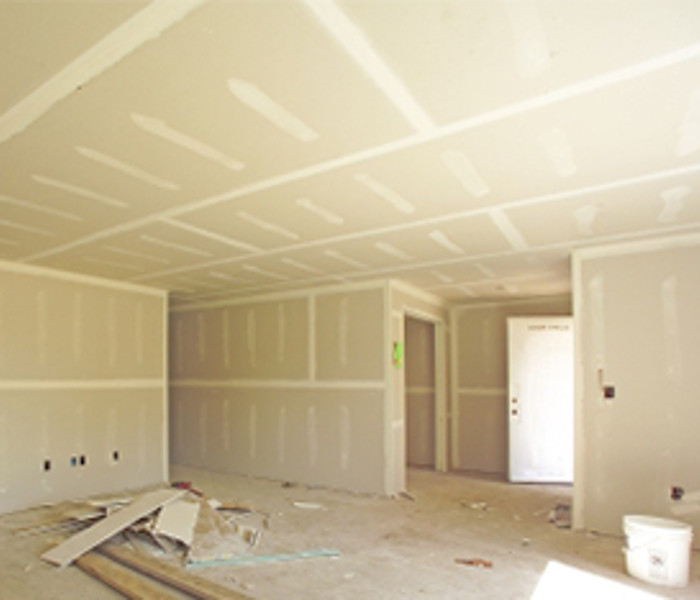
Dry Lining Cork, Internal Insulation OS Insulate
The wall can be extended to a minimum of 200 mm (8 in.) above grade without having to use materials that are not subject to degradation from contact with the soil. In addition, if the basement is not already insulated, consider extending insulation a minimum of 610 mm (24 in.) below ground level over the foundation wall.
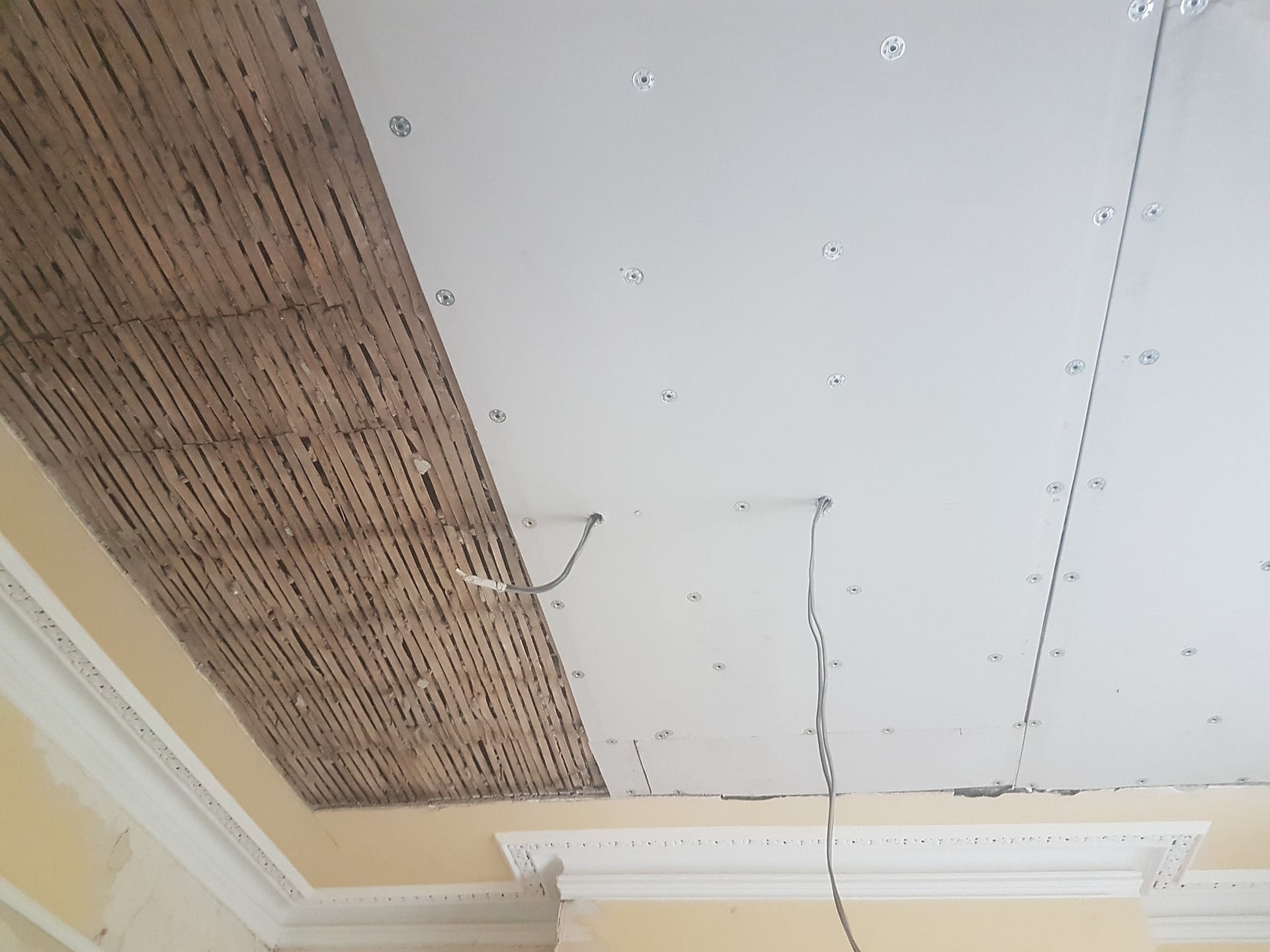
DRY LINING INSULATION NewForm Group
Traditionally, dry lining is used to insulate the inside of a solid external wall with boards or panels . These can include a finish for an aesthetically pleasing design, when installed on a room-facing surface. This process can also be used for to enhance energy efficiency and room comfort.
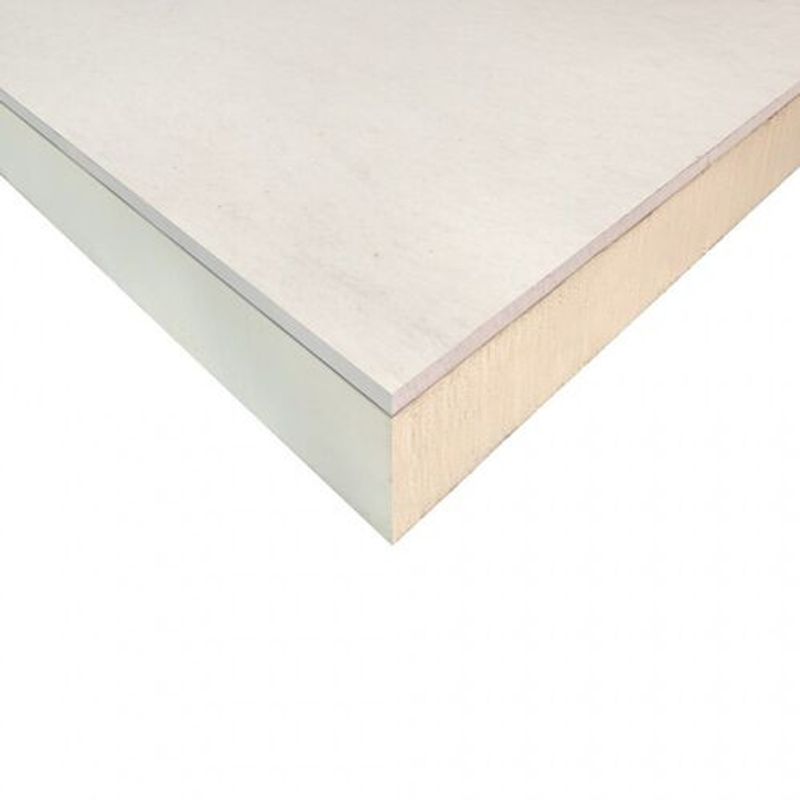
EcoTherm EcoLiner Rigid PIR Dry Lining Insulation Board 2400mm x 1200mm x 37.5mm Insulation
Dry lining is a type of internal insulation, which involves attaching ready sheets of plasterboard to a wall. The process doesn't require the use of water, so it's considered a quicker, cleaner and easier solution. What is the dry lining process?

Insulation, Dry Lining and Plastering armata home new homes, full renovations, basement
Simply put, dry lining involves internal wall or ceiling finish with insulation properties, being a more quick and clean alternative to plastering , increasingly popular in the UK, over the last 15 years. Know that dry lining includes different techniques of applying plasterboard to masonry, timber or metal surfaces and is usually more simple.
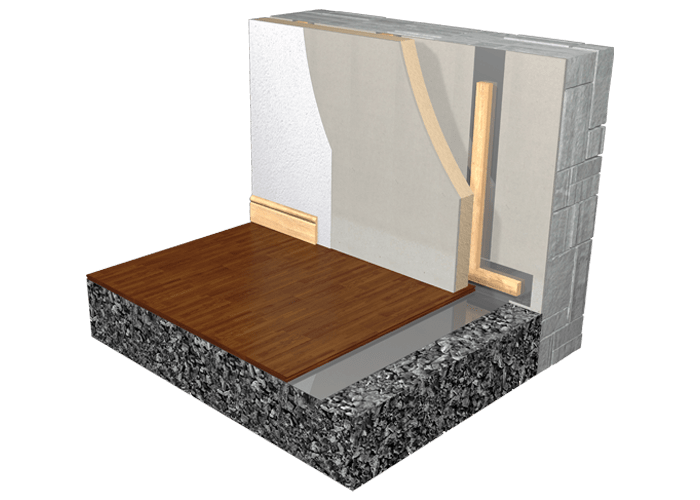
Insulating solid walls with internal dry lining insulation boards fixed to battens Mannok
As an apprentice, should you have any questions with regards to the Local 18 Drywall Trade School program, please contact our Trade School Administrator: Cheryl Townsend. 1342 Stonechurch Road East. Hamilton, Ontario L8W 2C8. Phne: 905-522-4880 ext 221 Fax: 905-522-0122. [email protected].

Dry Lining Interior Insulation Complete Insulations
Install the wall close to but not touching the house wrap (12-mm [½-in.] spacing) using 2 x 4 or 2 x 6 lumber. Position the framing further away from the foundation wall to allow for a layer of batt insulation between the framing and the wall. Allow enough room for a firm fit without compressing the insulation.
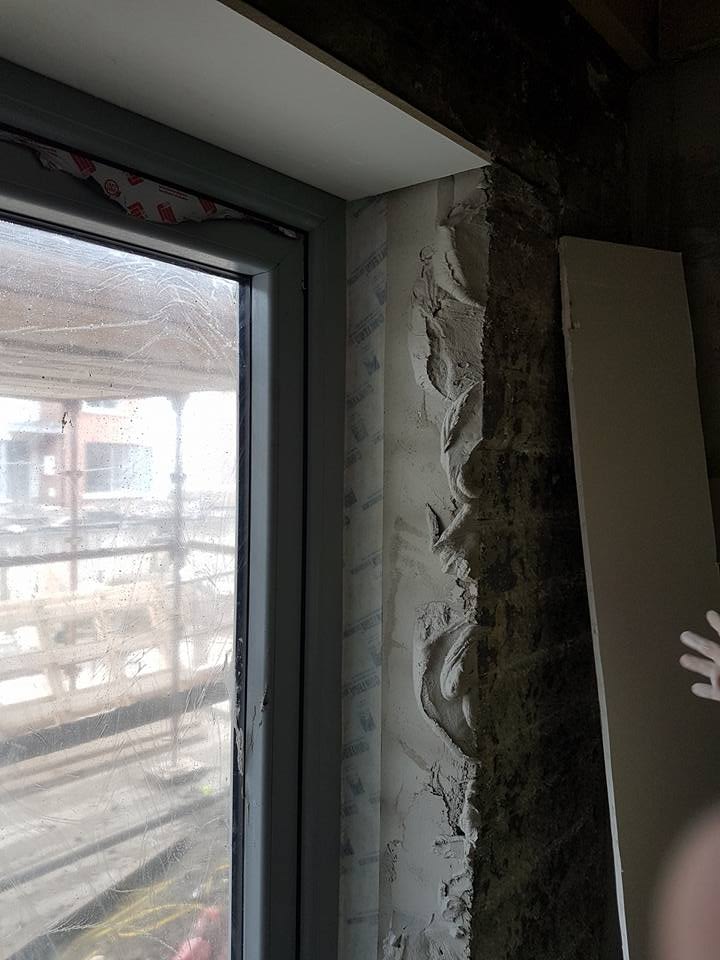
DRY LINING INSULATION NewForm Group
1. Understanding Dry Lining Insulation Dry lining insulation is a modern method of insulating the interior of a building without the need for extensive construction work. It involves the application of insulated plasterboard panels directly to the internal walls.
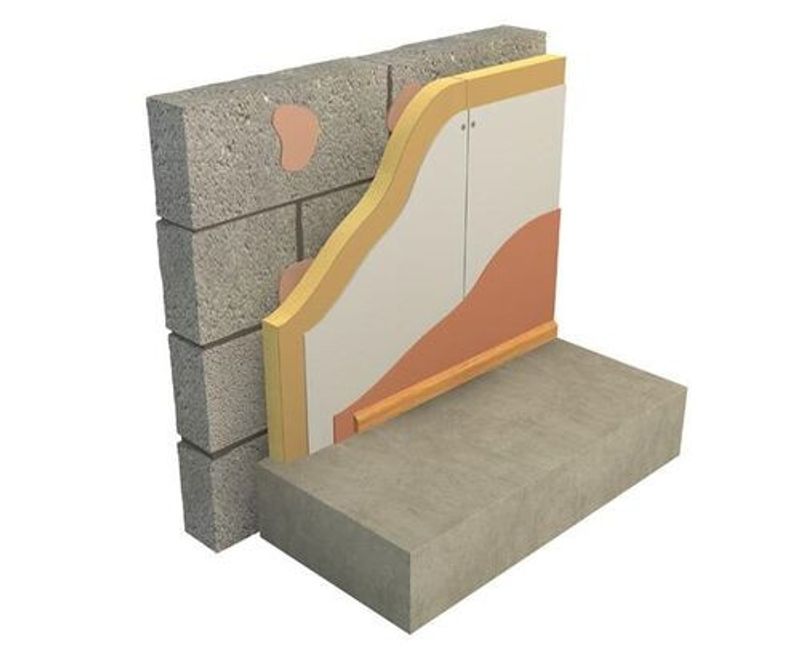
EcoTherm EcoLiner Rigid PIR Dry Lining Insulation Board 2400mm x 1200mm x 37.5mm Insulation
Why is dry lining used? Put simply, dry lining is much quicker than traditional plastering and achieves a similar result: a wall or surface that is ready to paint or cover. The plasterboard used in dry lining can hide pipes and wires, create insulation space, and even provide soundboarding.

Guide to Solid Wall Insulation
Dry lining is mainly used as a quicker, easier and often, cheaper way to construct walls as opposed to brickwork and plaster. The most common use for dry lining in the modern world is for partitioning. Using plasterboards fitted to a steel frame system allows for an easy, cost-effective way to build walls in the interior of a building.
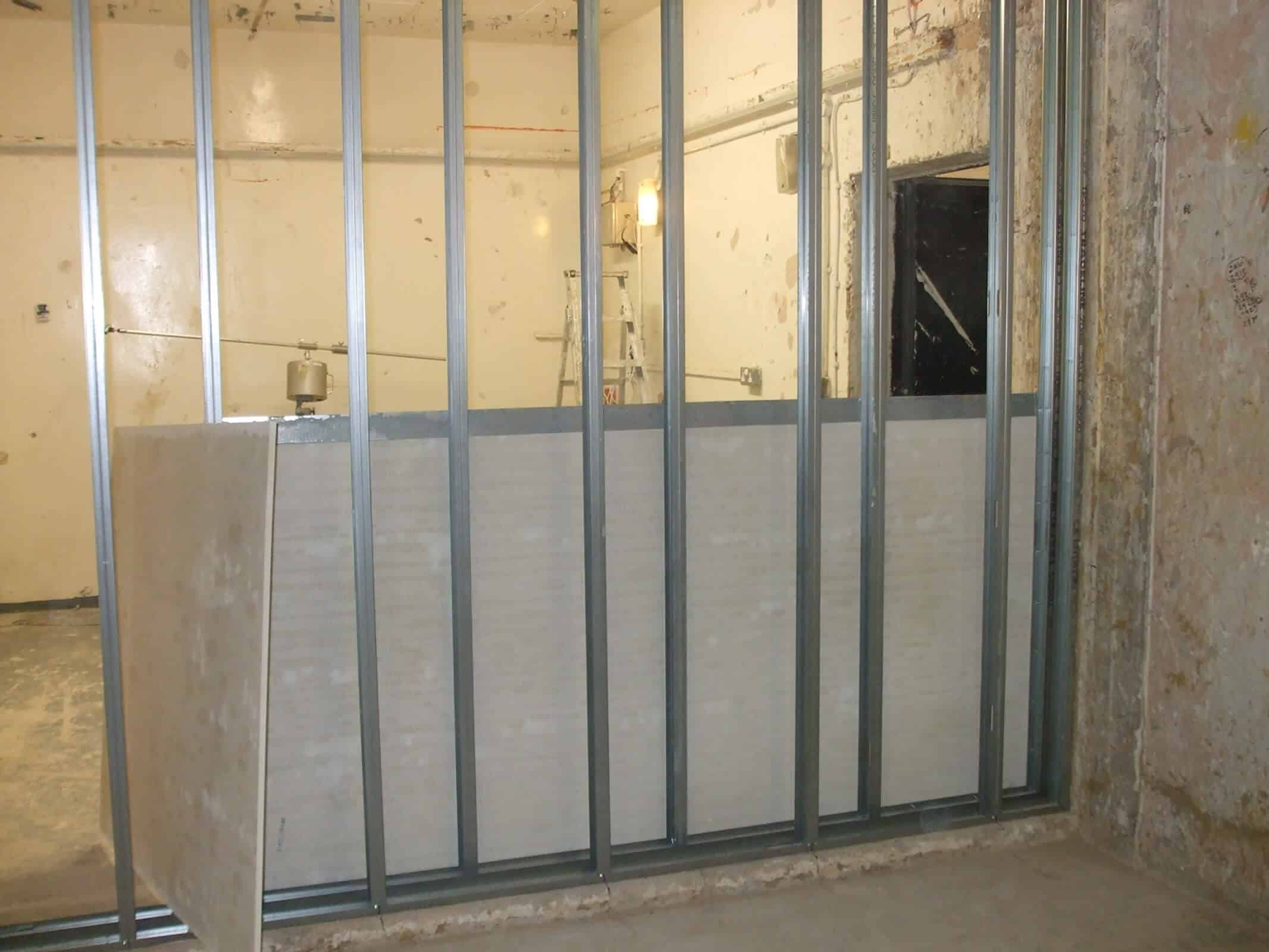
Dry Lining Magply
What is Dry Lining Interior Insulation? Insulating the interior walls of your home is called dry lining. We fit dry-lining warm-boards on the inside of the perimeter walls of your property. The boards are made of 92mm insulated plasterboard which retains heat in your home and enables you to save up to 50% on heating costs.

Solid walls internal dry lining fixed to battens Quinn Building Products Internal wall
Wall Insulation: Insulating masonry cavity walls with internal dry lining - Mannok's Therm Laminate-Kraft insulation boards are recommended for internal dry lining of masonry cavity walls. These high performance PIR insulation boards are faced on one side with a kraft paper facing which is suitable for adhesive or mechanical fixing methods, and plasterboard bonded on the other side to give a.

Dry Lining Insulation Insulation Plaster Boards
Wall Insulation: Insulating solid walls with internal dry lining Mannok's insulated plasterboard, Therm Laminate-Kraft is a high performance, fibre free insulated board, with a kraft paper facing on one side and plasterboard bonded to the other side which is suitable for fixing using dot-and-dab adhesive or mechanical fixings.

Reduce the Heat Loss from your Home with Dry Linning Insulation Types of insulation, Internal
What is Dry Lining Insulation? Dry lining insulation is actually internal wall insulation. It is an effective way to reduce heat loss, and is very popular in homes in Britain, even new ones. It is fair to say that external wall insulation is still the gold standard. However, dry lining insulation, or interior insulation is a nice alternative.